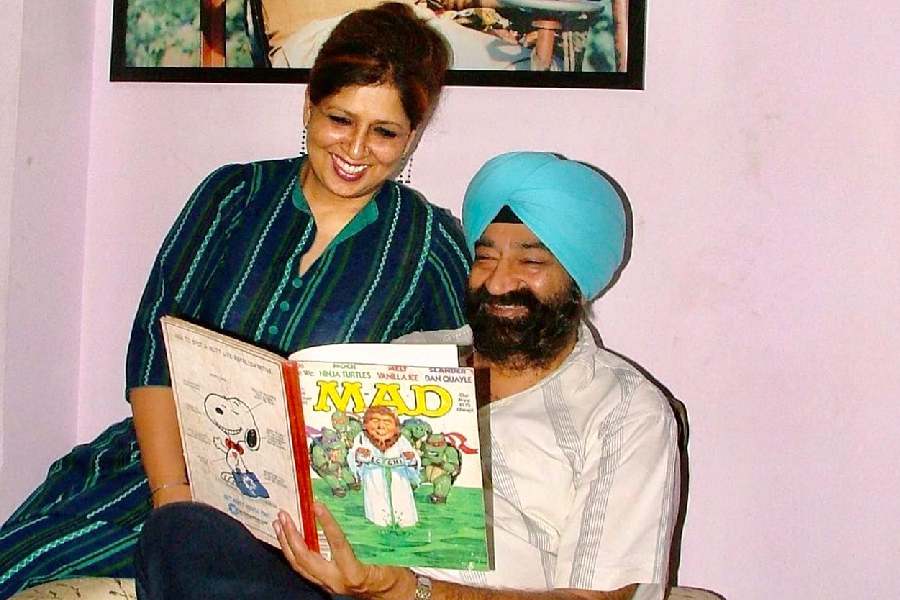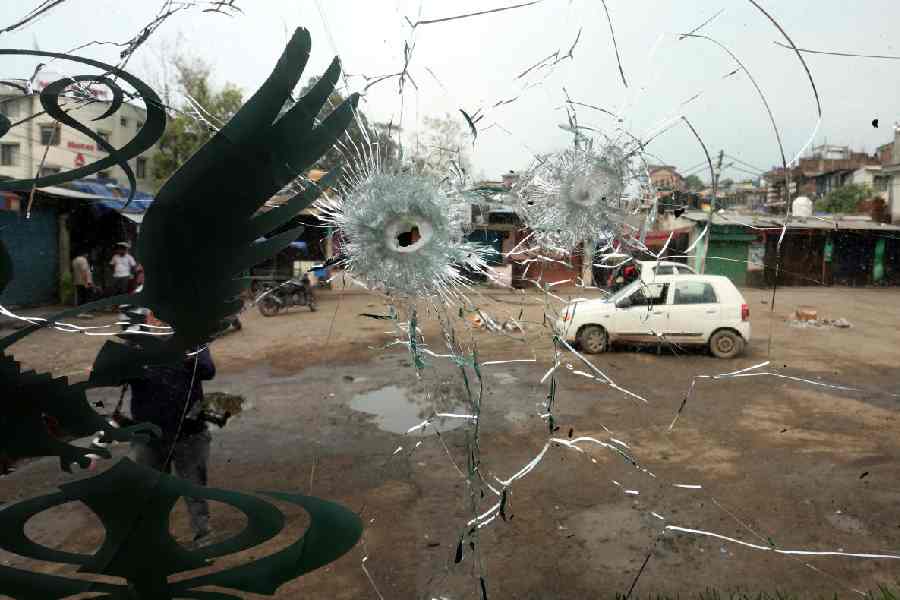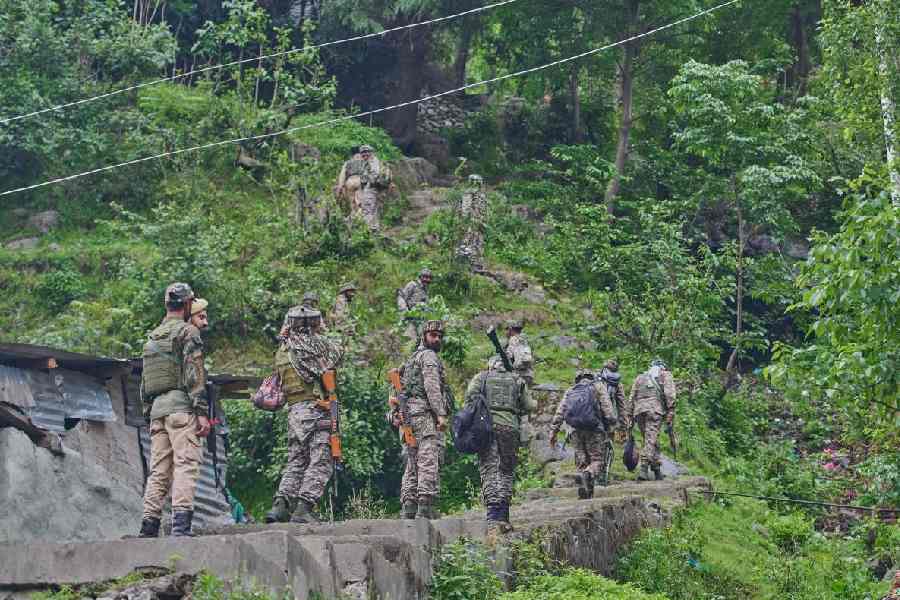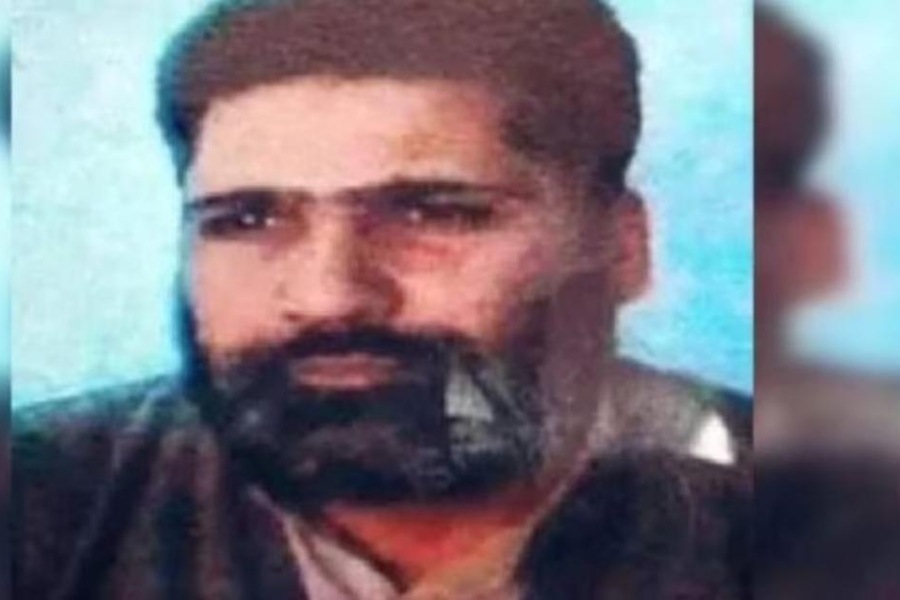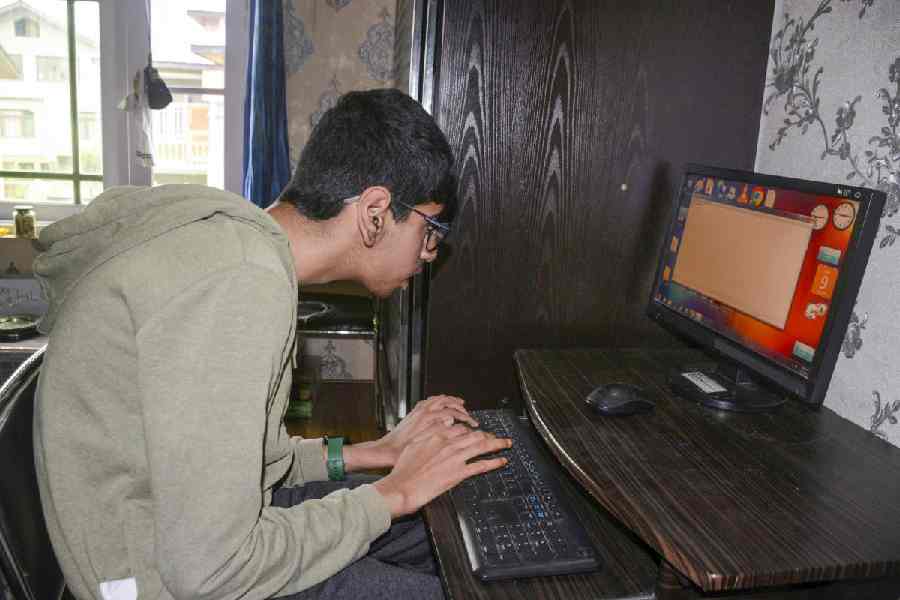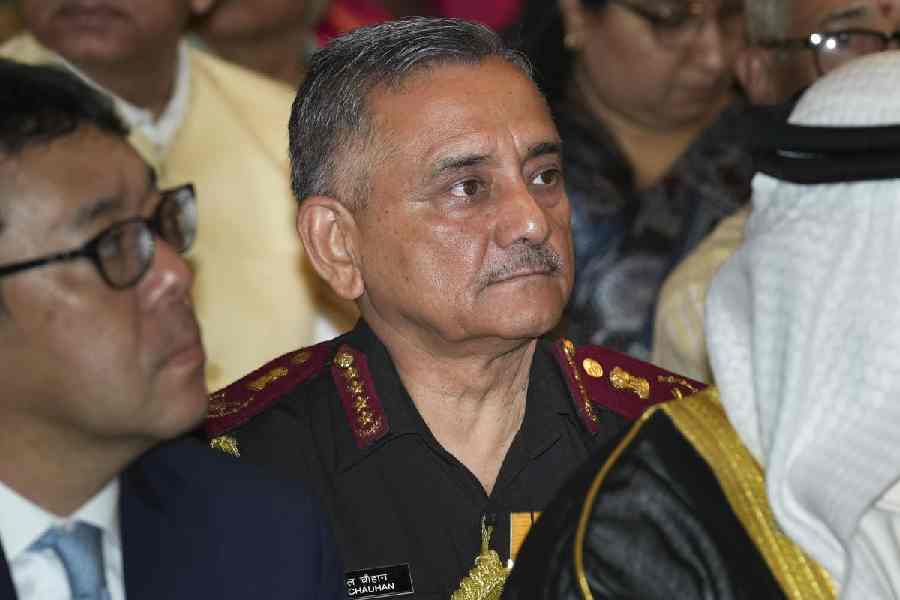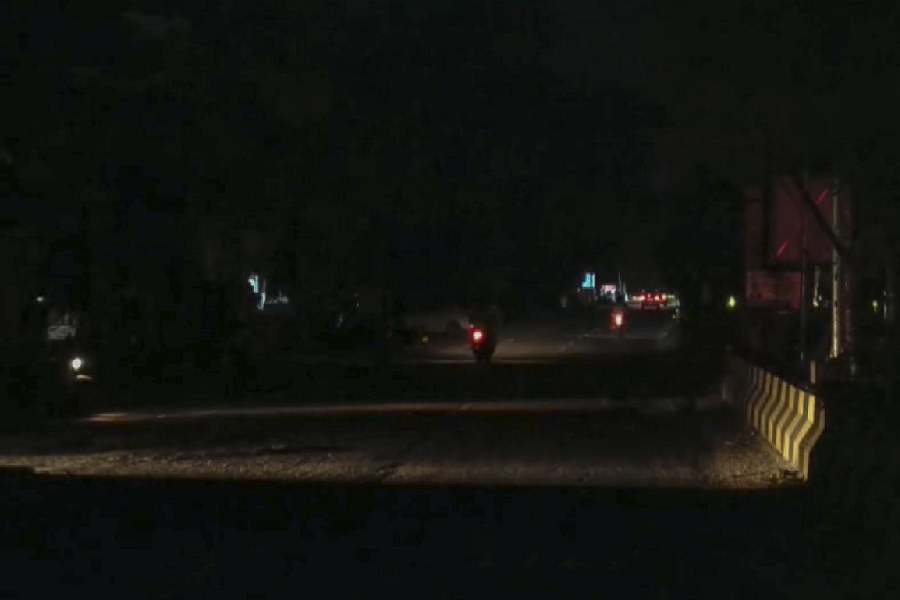 |
Book title: Neel-Sonalir Bani Rabindra-Asam Samparka
Author: Usharanjan Bhattacharya
Publisher: Papyrus
Pages: 365
Price: Rs 250
The euphoria of celebrating the 150th birth anniversary of Kabiguru Rabindranath Tagore is not yet over. To add to it, here is a book penned by a retired teacher of Gauhati University, talking about Tagore’s relationship with Assam, which celebrated the occasion with the rest of the country.
In fact, there is a lot to talk about, not merely for the fact that Tagore visited the then undivided Assam thrice — in 1919, 1923 and 1927 — but also for the closeness Assam and its writers developed with Bengal and the great literary personality (Tagore).
Writer Usharanjan Bhattacharya’s book Neel-Sonalir Bani Rabindra-Asam Samparka, a result of the author’s painstaking research, enlightens the reader about this.
The author highlights various incidents, right from Assamese writer Laxminath Bezbarua’s relation with Tagore’s family to Tagore’s correspondence with other prominent personalities of Assam. He picks up these incidents from different sources and narrates them in different chapters.
Bezbarua, the father of modern Assamese literature, married Prajnasundari Devi from Tagore’s family as the latter was deeply impressed by his qualities of head and heart.
Deshabhakta Tarunram Phukan was also very close to Tagore’s family.
Surya Kumar Bhuyan, the renowned historian of Assam, went to Jorasanko with his wife and met Rabindranath. Bhuyan’s write-up One Hour With Tagore gives readers a vivid description of the meeting.
Tagore stood as the ideal figure for the Assamese litterateurs. He had the fortune to be acquainted with the poems of Bengali poet and folksong writer Hasan Raja during one of his visits to Assam. Tagore wrote in Religion on Man, “The sky and earth borne of my own eyes. The hardness and softness, the cold and heat are the products of mine own body.”
The poet visited Tripura seven times and was very close to Tripura’s royal family, which held him in high esteem. During one such visit, the royal family entertained him with Manipuri dance. Tagore was so enchanted by the dance that he took a Manipuri dance teacher, Nabakumar Singha, to Santiniketan to acquaint its students with Manipuri culture and help them to learn the dance form. That was a significant event for Santiniketan.
Prabhatkumar Mukhopadhyaya, in the third part of Rabindra Jivani, said because of Singha’s presence, the dance form in Santiniketan took a new form.
A few monochrome photographs capturing some moments of Tagore’s life help readers visualise the time and events connecting the poet with the state. In one of the photographs, Tagore is seen among Assamese writers like Satyanath Bora, Hemachandra Goswami, Bholanath Das and Banikanta Kakoty. In another photograph, Tagore is seen with students of Cotton College.
Visitors to the bungalow where Tagore stayed in Shillong are moved by the writing on a plank of wood: “Here lived Rabindranath Tagore in October 1919” and few lines from a poem of his: “Bipode more raksha koro/E nohe mor prarthona/Bipode aami na jeno kari bhoi (Let me not pray to be/Sheltered from dangers/But to be fearless in facing them).”


